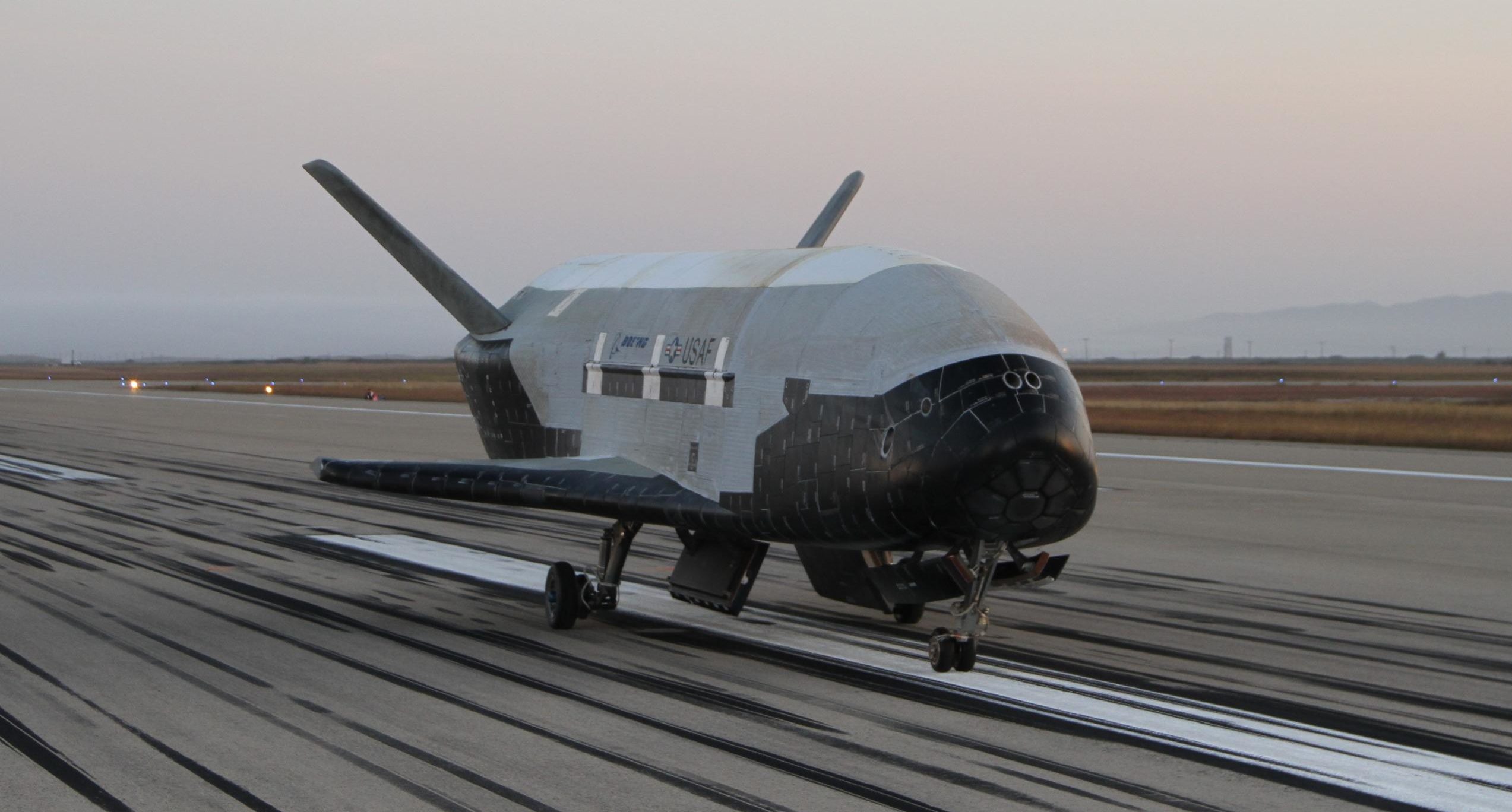Three minutes and 40 seconds into Sunday’s mission carried out by United Launch Alliance’s (ULA) Alabama-built Atlas V rocket, the payload fairings jettisoned on schedule, introducing Boeing’s cutting-edge space vehicle to space for the sixth time.
The X-37B is a reusable spacecraft built by Boeing for the U.S. Air Force. Although part of a classified program, the X-37B has been more visible to the public lately. Two different X-37B vehicles have been built. The most recent launch was the fifth time ULA has powered X-37B into space.
During a pre-launch interview, Boeing’s Jim Chilton provided an understated summary of the vehicle’s characteristics.
“X-37B is a really interesting machine,” he remarked.
X-37B is a reusable, autonomous space plane. It is designed to operate in low-earth orbit, 150 to 500 miles above the Earth.
“It can be rapidly reconfigured to host a wide-variety of experiments, and it can take off from standard launch pads in standard rockets, under fairings,” explained Chilton. “And it can land autonomously through public air space. You add all that up, and there is a lot of innovation in this machine.”
What started out as a program featuring short trips to and from space has turned into long missions.
“Each flight has been successively longer in setting a record for duration,” Chilton outlined. “The last flight was 780 days, start to finish. If you add up all the missions, just under eight years in orbit and a billion miles. So a lot of traveling by this machine. It has hosted a wide-variety of experiments and kind of advanced the state-of-the-art in both reusable vehicles and the experiments you can host.”
This most recent U.S. Space Force mission, ULA’s second for the newly-formed agency, brought something new for the X-37B.
RELATED: ULA successfully launches its second U.S. Space Force mission
“This mission is really interesting in that it is the first time we have flown the service module,” said Chilton. “The service module extends the vehicle capability. We can host more payloads that way. So this is the most we have ever carried on X-37B.”
Boeing is utilizing the features of the service module to facilitate research at one of the nation’s service academies.
“One of the things we are carrying on the service module, which can release independent satellites, is a satellite designed and built by the cadets at the U.S. Air Force Academy,” Chilton detailed. “They built it, we’ll release it, and they’ll get a lot of learning out of that, a lot of science.”
The Naval Research Lab has placed an experiment onboard X-37B which will turn solar energy into RF energy and attempt to beam it back to Earth.
“Very early research kind of project, but long term great potential,” Chilton said of the experiment. “Very exciting and the kind of thing this machine was built to do.”
X-37B can exercise some agility unavailable to other space vehicles, and this opens up another range of experiments.
One of those Chilton pointed to on this mission was a NASA experiment gauging the effects of radiation on seeds in space previously conducted on the space station.
“X-37B can go some places the station doesn’t go, collect different kind of radiation, and our payload bay can be different kind shielding, so they’ll get more data to complete their study,” he noted.
Although only a quarter of its size, the similarities of X-37B to the space shuttle are obvious to the eye.
“You could say the X-37B stands on the shoulders of the space shuttle,” Chilton recognized. “An interesting fact a lot of people don’t know is we modified the orbiter processing facilities. The actual hangars the space shuttle flew in and out of are the homes of the X-37B.”
Its autonomous capabilities, flight duration and an ability to more rapidly reconfigure are some of the ways in which X-37B sets itself apart, according to Chilton.
“Frankly, the challenge of coming down through public air space without crew has been proven to work well,” he noted. “A difference is also the duration which the X-37B can fly. Our last mission was 780 days, and that’s just a lot longer than a shuttle could stay aloft.”
RELATED: U.S. Space Force makes powerful recruiting pitch
Chilton sees X-37B continuing to bring value to the nation’s efforts in space.
“The flexibility this offers the U.S. Space Force to advance the whole ecosystem, all of industry, the government research labs is terrific,” he concluded.
Watch U.S. Air Force footage of X-37B’s return to Earth from its second flight in 2012:
Tim Howe is an owner of Yellowhammer Multimedia
Don’t miss out! Subscribe today to have Alabama’s leading headlines delivered to your inbox.
